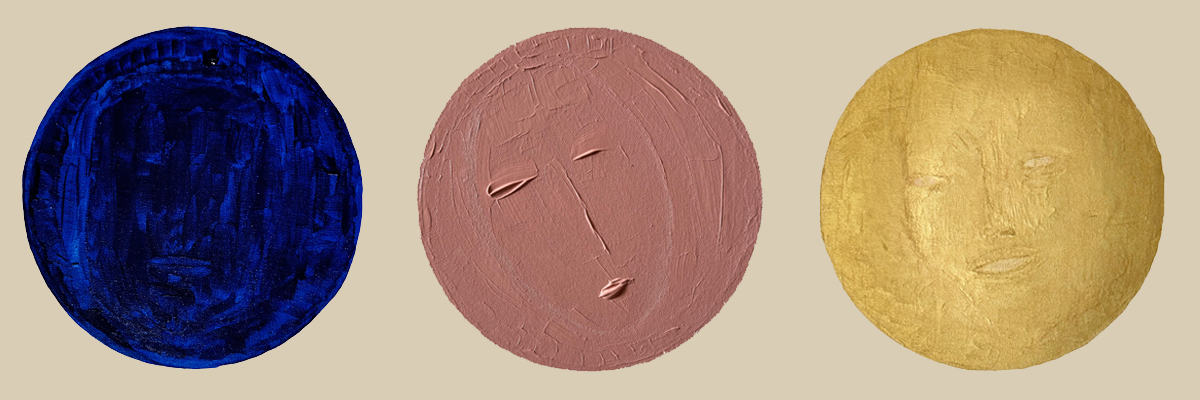
An exhibition of paintings
on emptiness
“Emptiness is form, form is emptiness.”
— “Heart Sutra”
ABHAY K. is an Indian diplomat, painter, poet, editor, translator and the author of several poetry collections including Celestial, Stray Poems, Monsoon, The Magic of Madagascar and The Alphabets of Latin America. His poem “Earth Anthem” has been translated into over 160 languages. He received the SAARC Literary Award 2013 and was invited to record his poems at the Library of Congress, Washington DC in 2018. His translation of Kalidasa’s Meghaduta and Ritusamhara from Sanskrit have received the KLF Poetry Book of the Year Award 2020–21. His translation of the first Magahi novel Fool Bahadur has been published as a modern classic by Penguin Random House. His forthcoming book is titled Nalanda.
Abhay K. has also displayed his visual art all over the world and currently has an exhibition in his home state of Bihar, India, titled Shunyata, often translated as Emptiness, stemming from the classic Buddhist text, Heart Sutra, the theme of which underlies this captivating series of 62 paintings currently on display at the Bihar Museum, Patna, until 10th October 2024.
When one looks closely at each canvas, approximations of figures familiar and unfamiliar, gods and goddesses, mortals and immortals become objectively manifest; as one walks away, forms dissolve and insubstantiality remains. Indeed, their raison d’être becomes the very embodiment of a meditative practice, instilling within us the vital message of impermanence inherent in all created phenomena, rendering us wiser and more peaceful than ever before.
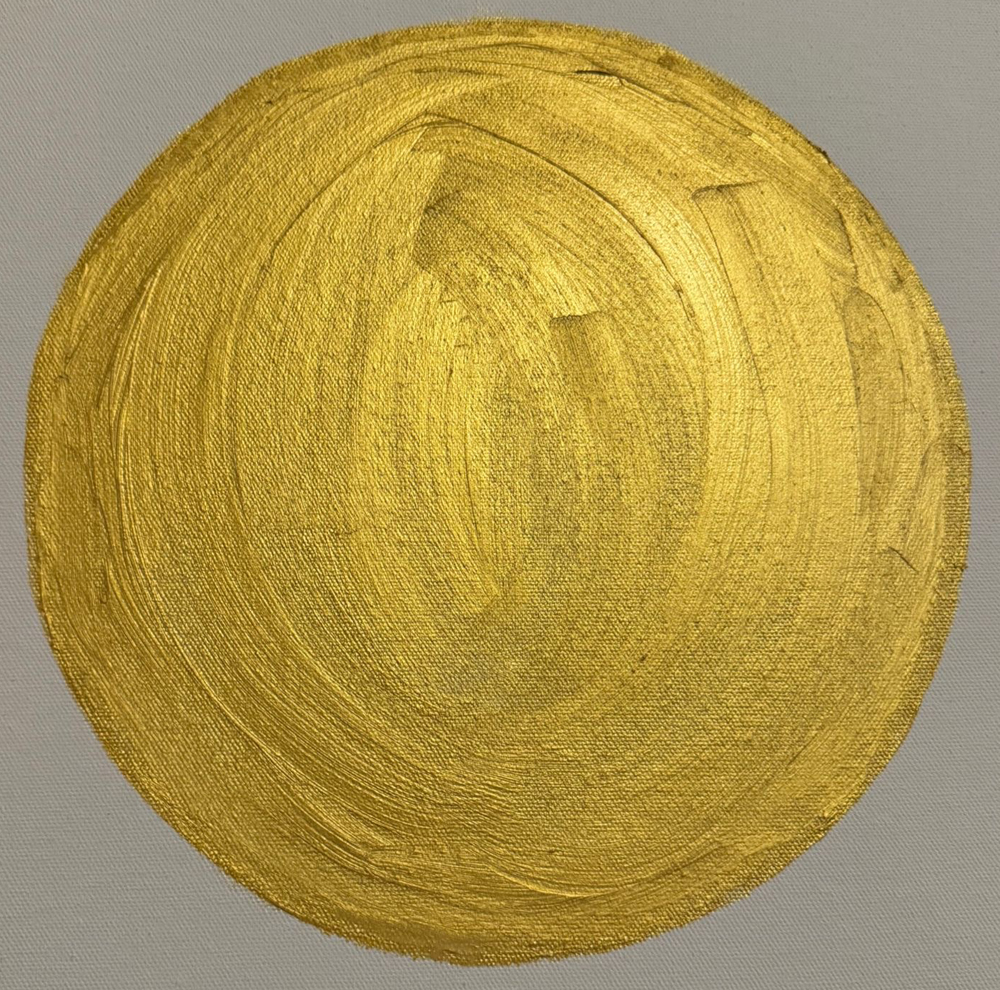
© Abhay K., Shunyata-eka (1),
Shunyata | Emptiness,
Acrylic on Canvas, 16×20 inches, 2024.
Believing in a fixed, inherent self and considering transient phenomena as enduring reality is the ultimate cause of suffering. Understanding emptiness becomes vital for liberation from suffering and samsara—the cycle of birth and death. One can free oneself from these delusions and attain enlightenment by realizing the emptiness of all things.
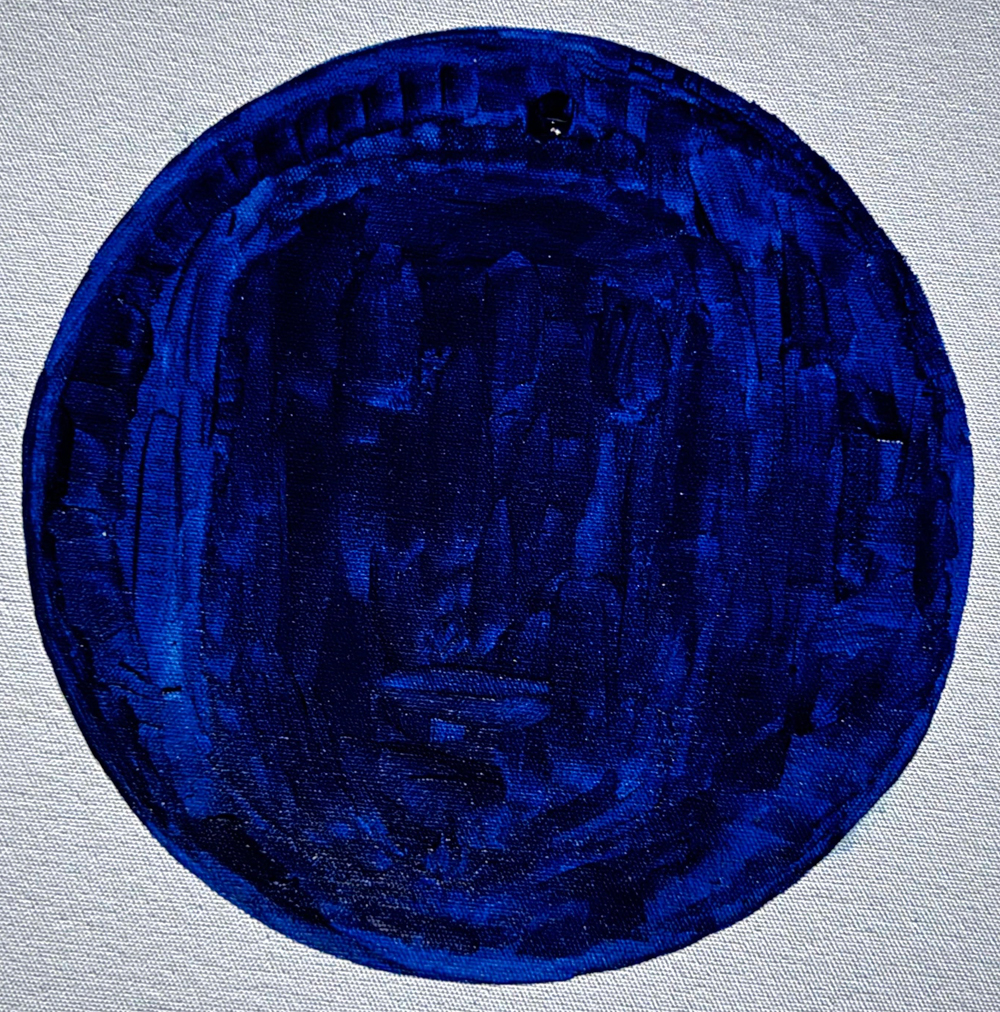
© Abhay K., Shunyata-dvatti (2),
Shunyata | Emptiness,
Acrylic on Canvas, 16×20 inches, 2024.
When I stared at the empty canvas, I had no clue what I was going to paint. I started with making a circle and filling it with paint and it started taking a form. Each time a new form took shape on the canvas, I felt mesmerized. I started enjoying the process.
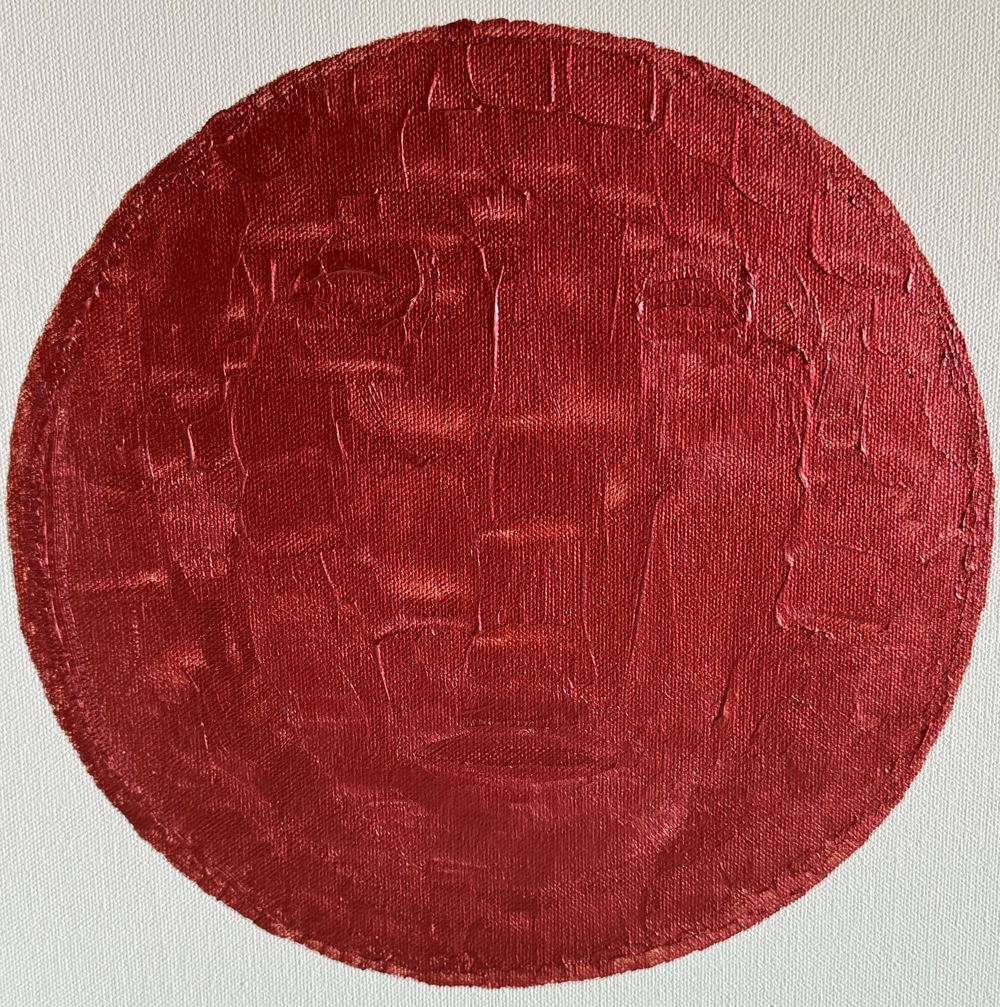
© Abhay K., Shunyata-tatiya (3),
Shunyata | Emptiness,
Acrylic on Canvas, 16×20 inches, 2024.
This experience took me back to my birthplace in Rajgir (ancient Rajgriha), Bihar, where Bodhisattva Avalokiteshvara had spoken the following words of the Heart Sutra to Sariputra on the Gridhakuta Parvat (Vulture’s Peak).
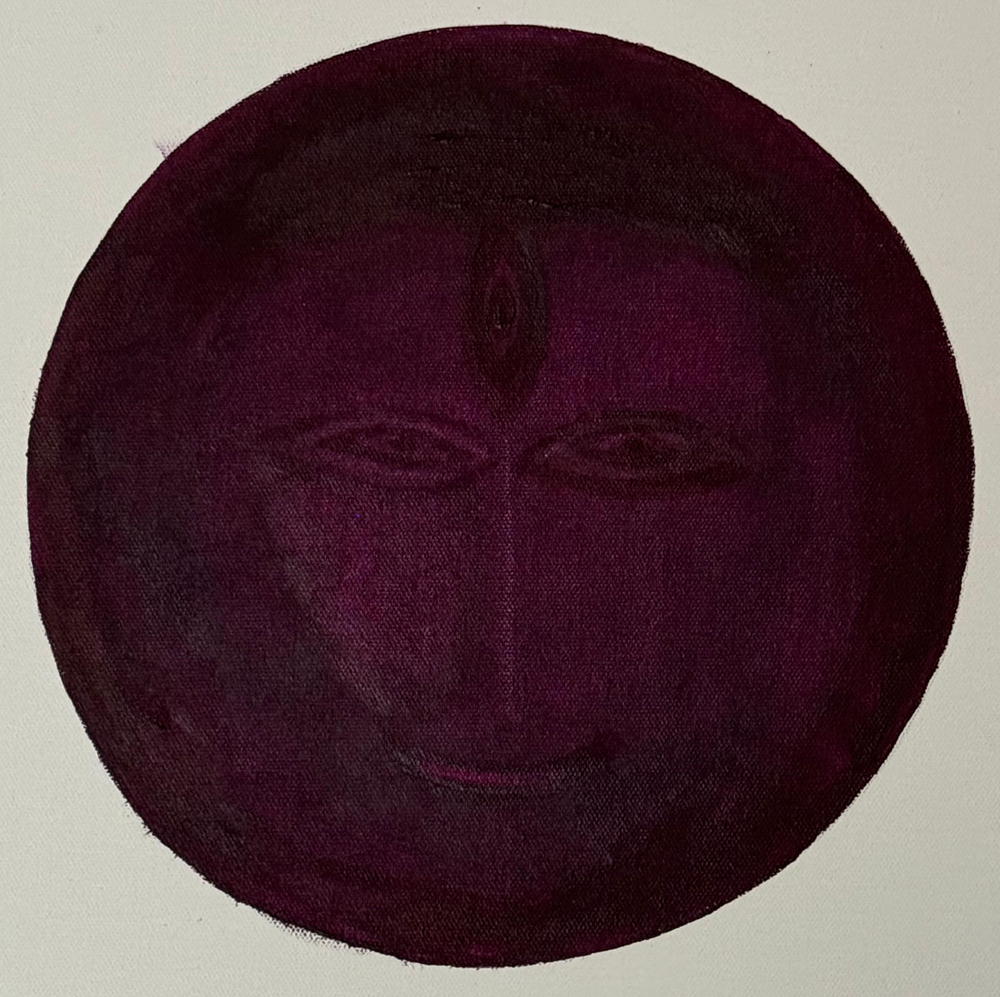
© Abhay K., Shunyata-dasama (10),
Shunyata | Emptiness,
Acrylic on Canvas, 16×20 inches, 2024.
‘Form is emptiness and emptiness itself is form;
emptiness is nothing but form,
and form is nothing but emptiness;
that which is form is emptiness,
and that which is emptiness is form.
So are sensation, perception, volition and consciousness.
Thus, Sariputra, all things have the character of emptiness;
they are neither born nor cease,
they are neither pure nor impure,
neither incomplete nor complete.’
—Heart Sutra
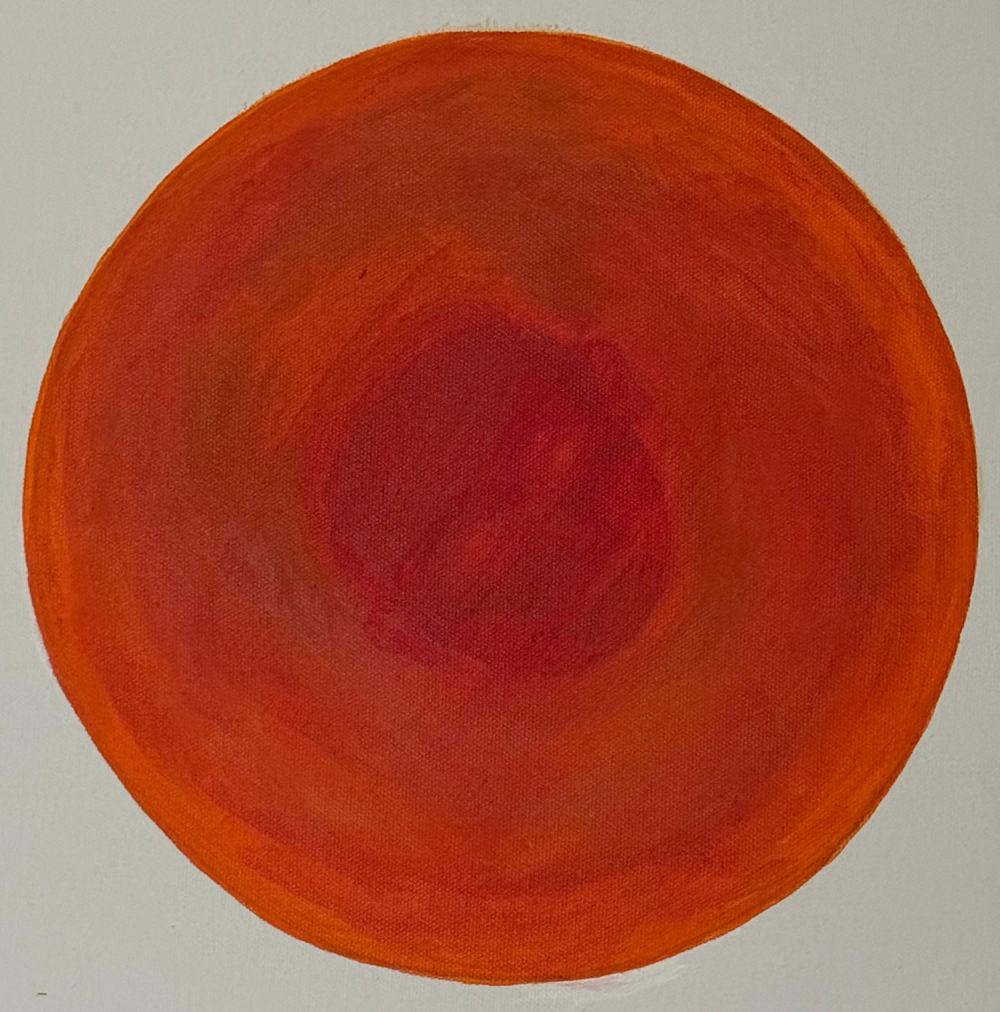
© Abhay K., Shunyata-ekārasa (11),
Shunyata | Emptiness,
Acrylic on Canvas, 16×20 inches, 2024.
Later on, Nagarjuna further articulated the concept of Shunyata in his seminal philosophical treatise Mulamadhyamakakarika in the second century CE.
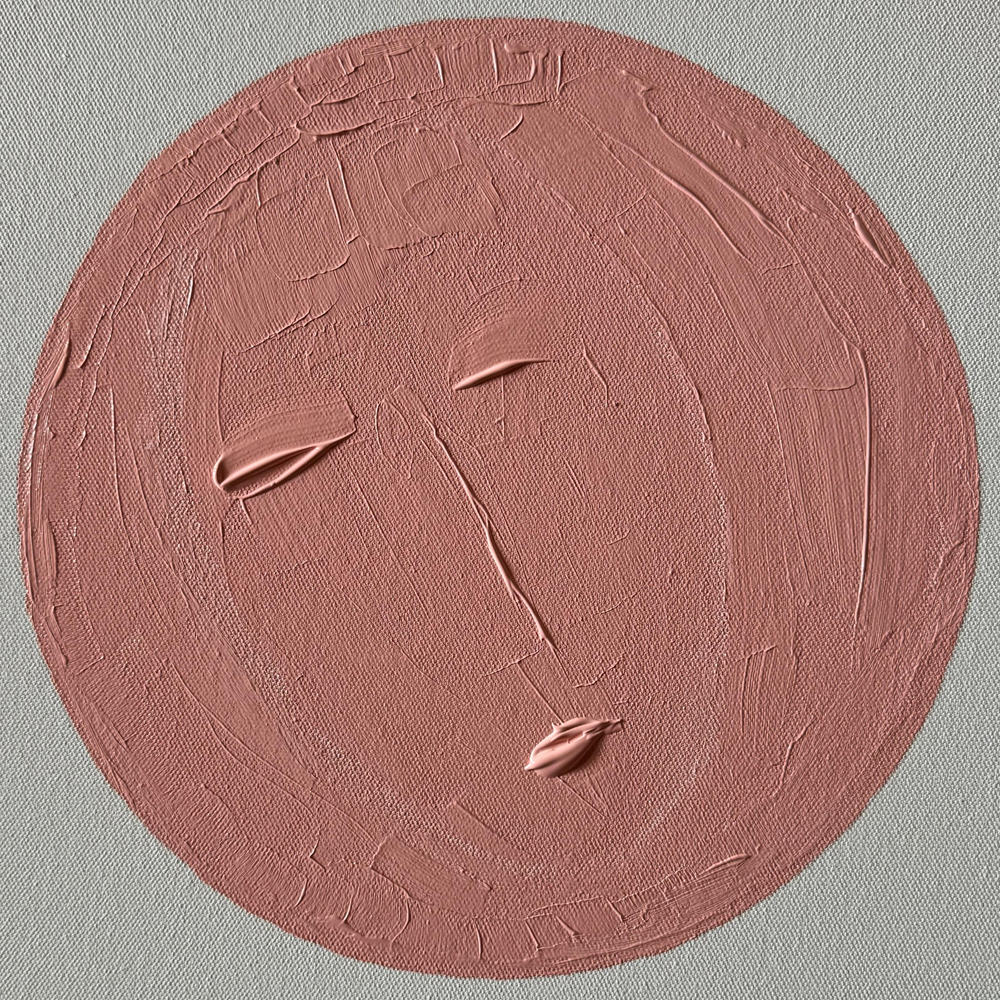
© Abhay K., Shunyata-sattadasa (17),
Shunyata | Emptiness,
Acrylic on Canvas, 16×20 inches, 2024.
These paintings are visualizations of emptiness. Forms are visible when one looks at them closely but as one moves away from them, forms disappear and what remains is emptiness, a true validation of the crux of the Heart Sutra: ‘Form is emptiness, emptiness is form.’
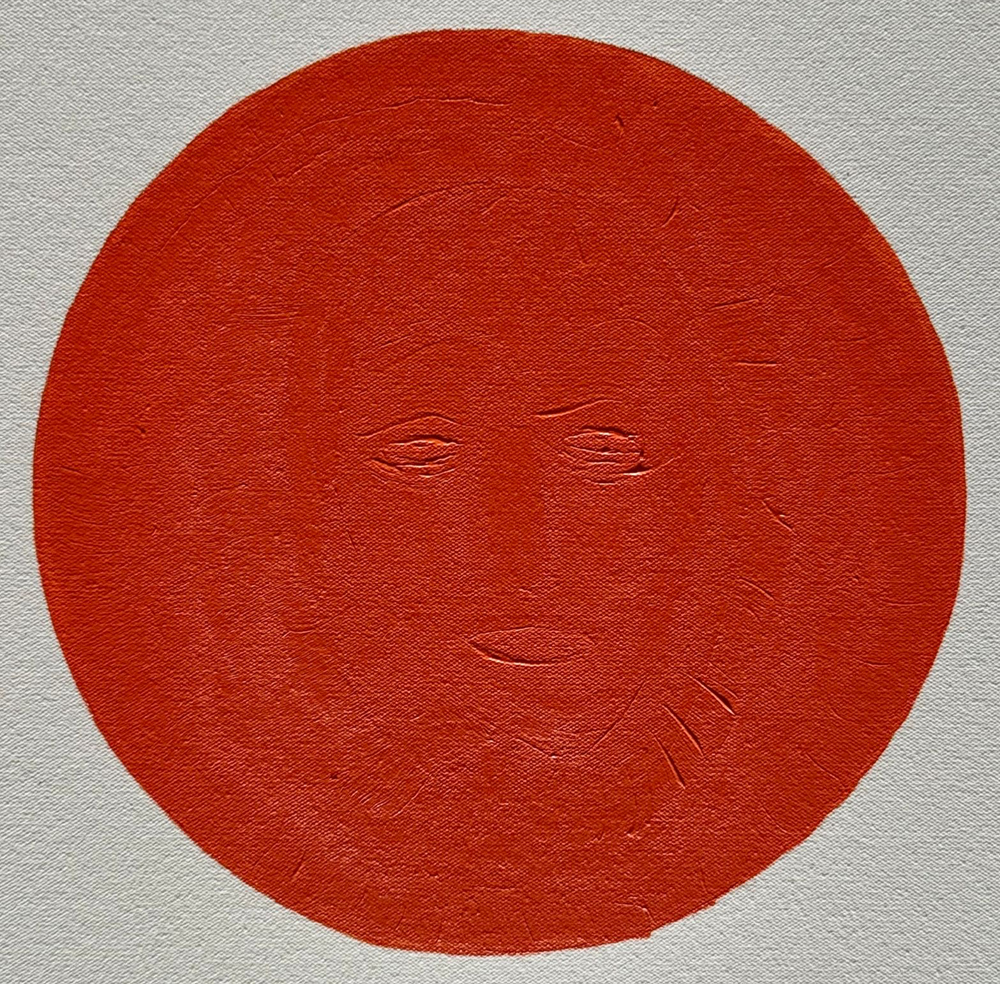
© Abhay K., Shunyata-catuvīsa (24),
Shunyata | Emptiness,
Acrylic on Canvas, 16×20 inches, 2024.
The forms that appear are mere approximations of figures, familiar and unfamiliar, gods and goddesses, mortals and immortals, plants and animals. They are all transient. They appear and then vanish. Emptiness remains.
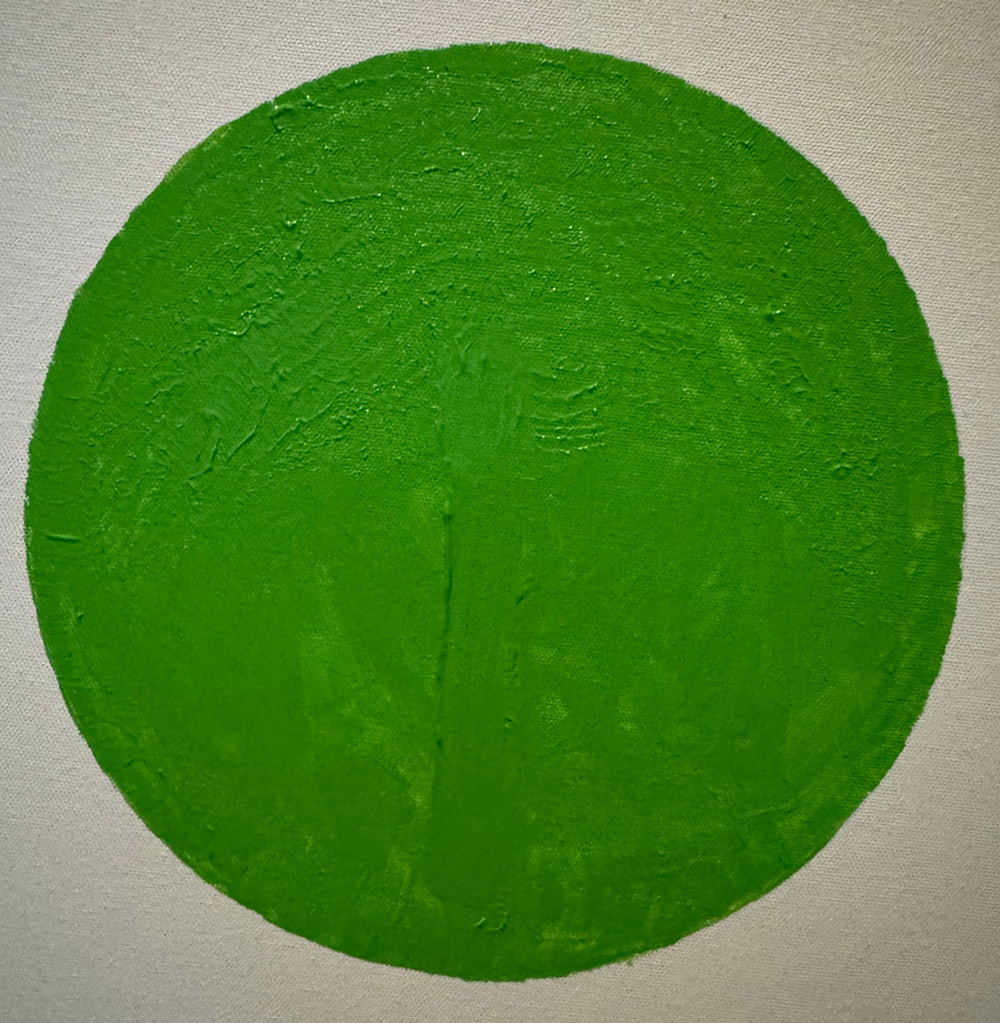
© Abhay K., Shunyata-pañcavīsati (25),
Shunyata | Emptiness
Acrylic on Canvas, 16×20 inches, 2024.
The form of a circle and sphere transcends Earth and becomes a universal form representing celestial bodies, stars (including our own Sun, the source of life), planets and black holes (symbolizing death).
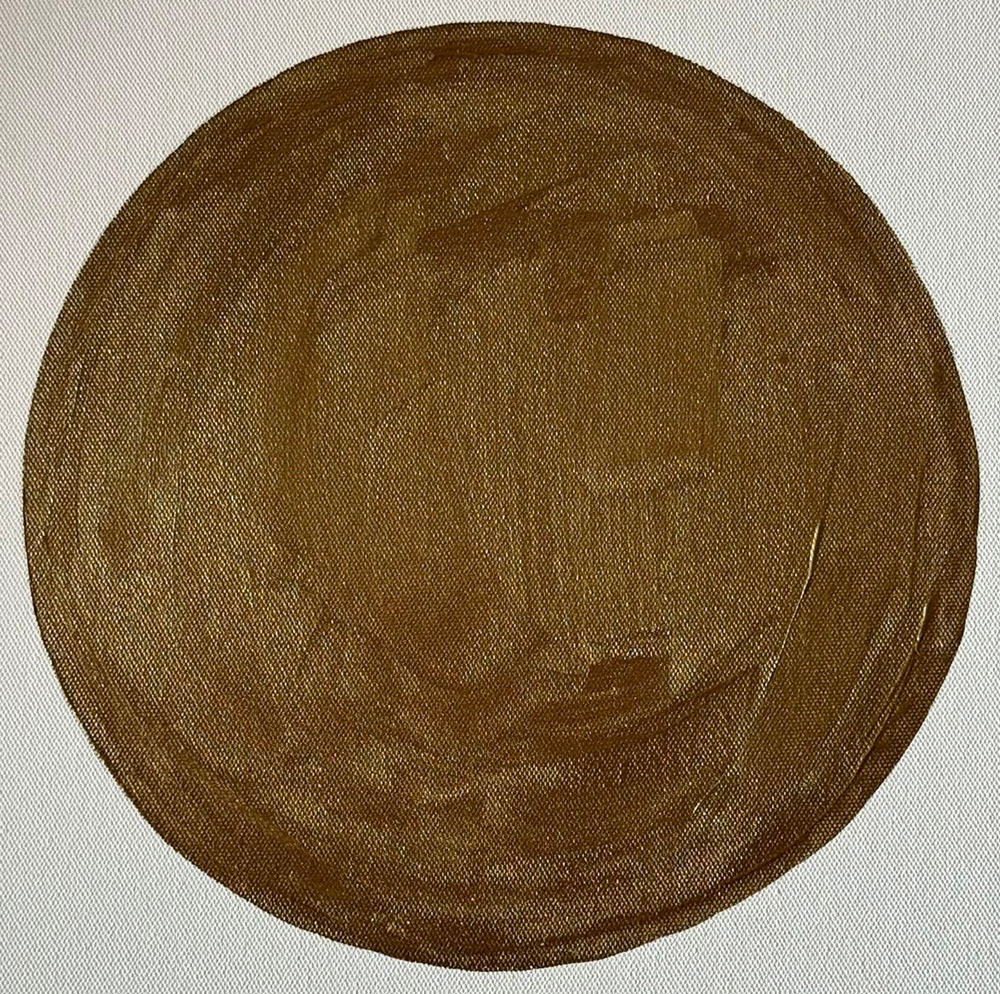
© Abhay K., Shunyata-chabbīsati (26),
Shunyata | Emptiness,
Acrylic on Canvas, 16×20 inches, 2024.
German philosopher Arthur Schopenhauer, in the final words of his major work The World as Will and Representation, compared his doctrine to the Shunyata of the Heart Sutra. Schopenhauer wrote: ‘… to those in whom the will [to continue living] has turned and has denied itself, this very real world of ours, with all its Suns and Milky Ways, is—nothing.’ To this, he appended the following note: ‘This is also the Prajna–Paramita of the Buddhists, the “beyond all knowledge”, in other words, the point where subject and object no longer exist.’
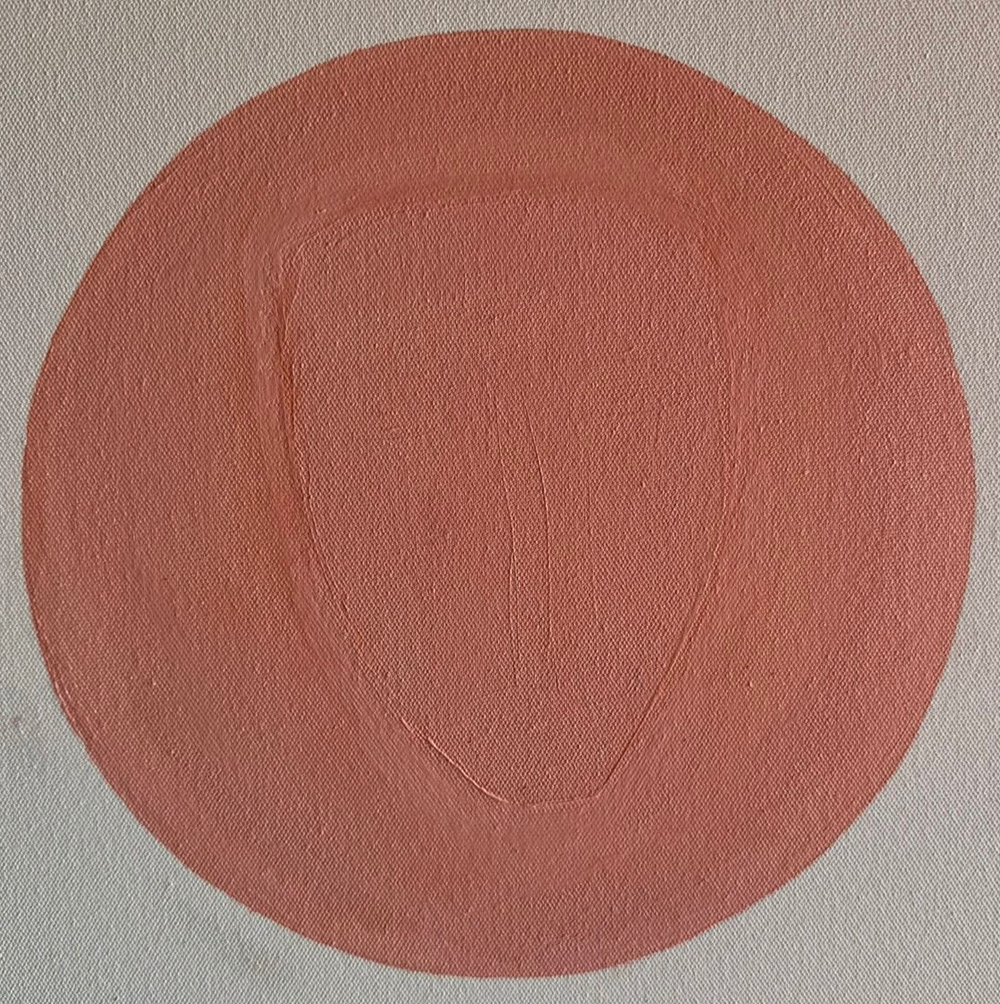
© Abhay K., Shunyata-sattavīsati (27),
Shunyata | Emptiness,
Acrylic on Canvas, 16×20 inches, 2024.
Further elaborating on the concept of emptiness, Indian author Mohini Kent writes: ‘The insightful wisdom is the comprehension of the emptiness of all phenomena. Shunyata, or emptiness, in Buddhism refers to the fact that nothing has ultimate immutable substance. Nothing has independent existence, nothing is permanent. Everything in the world is in a state of change and transformation. Understanding this leads to wisdom and cessation of suffering that comes from attachment of the ego to “me” and “mine”, resistance to change, and grief over loss.’
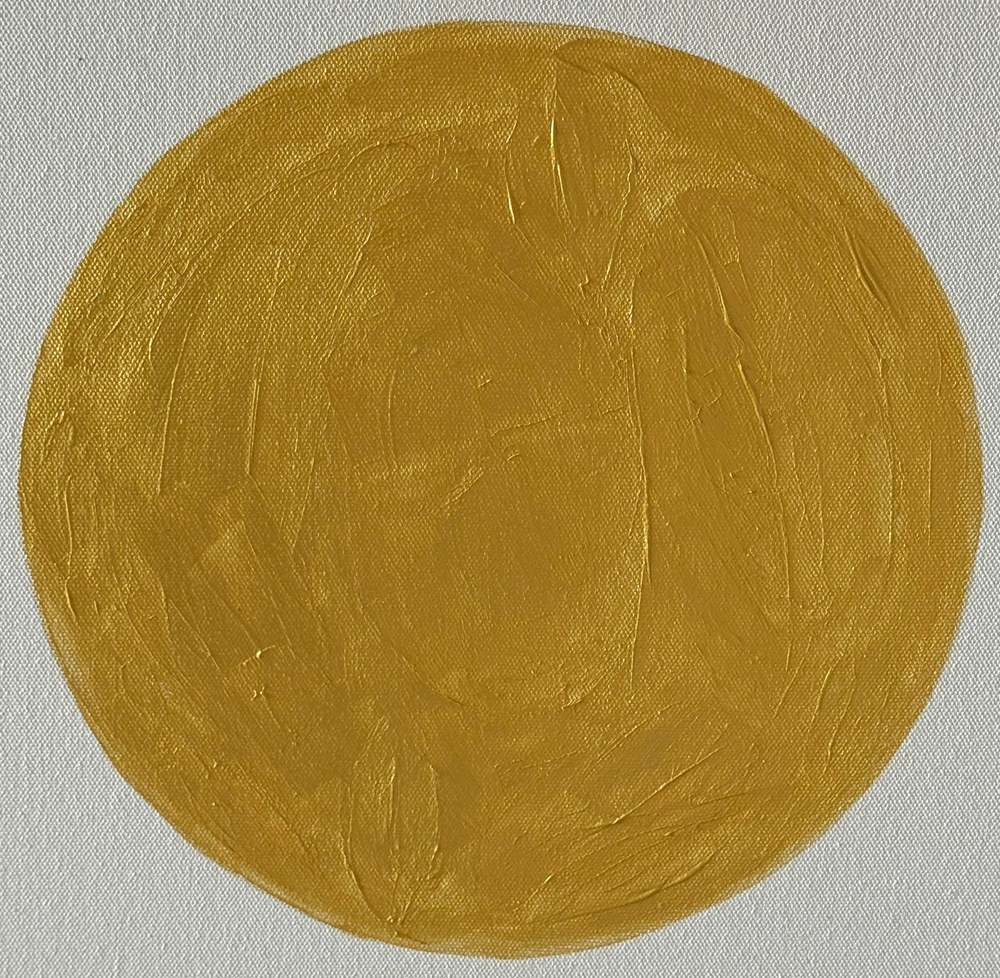
© Abhay K., Shunyata-tettiṁsati (33),
Shunyata | Emptiness,
Acrylic on Canvas, 16×20 inches, 2024.
I have tried to visualize this state of continuous transformation of emptiness into form and form into emptiness through these 26 paintings evoking diverse moods, rasas [the agreeable quality of something, especially the emotional or aesthetic impression of a work of art] and forms but unified with an underlying theme of emptiness.
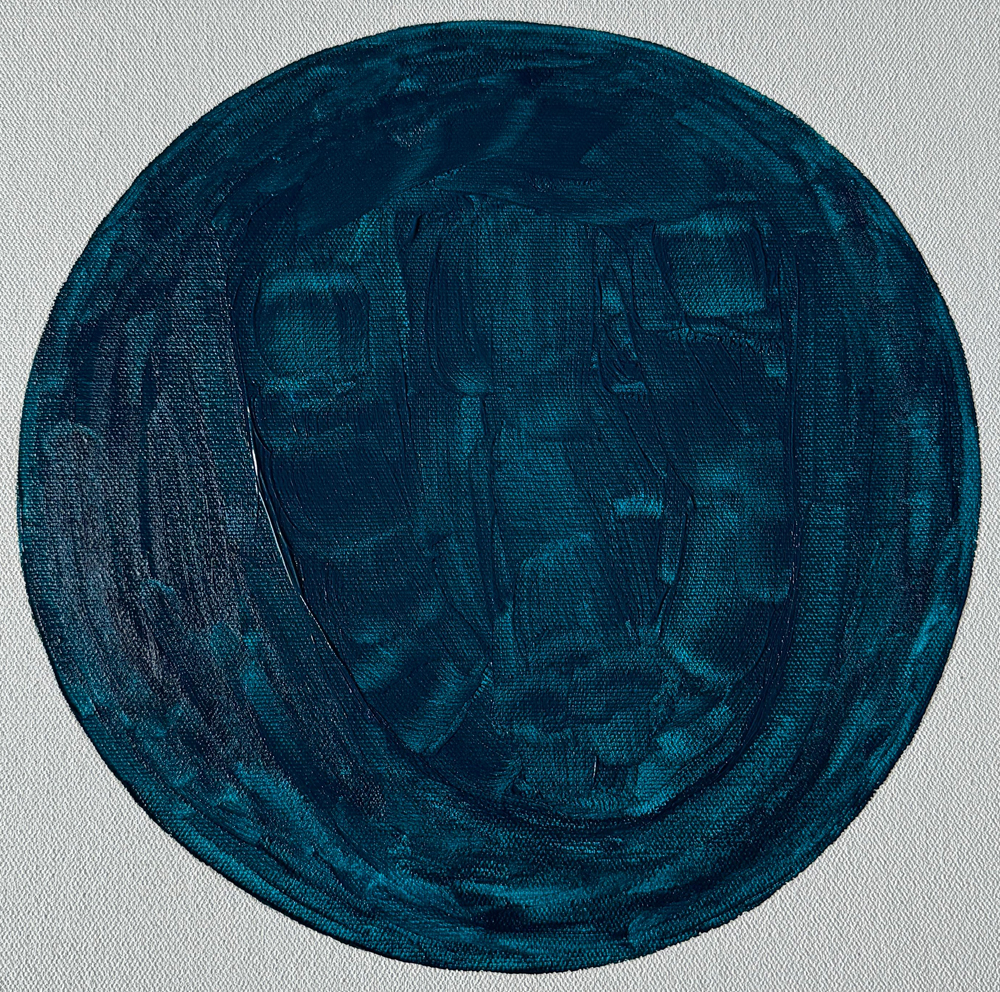
© Abhay K., Shunyata-dvica ttālīsati (42),
Shunyata | Emptiness,
Acrylic on Canvas, 16×20 inches, 2024.
Post Notes
- Feature image: © Abhay K., Shunyata-dvatti (2), Shunyata-sattadasa (17),
Shunyata-duvādasa (12), Shunyata | Emptiness - Bihar Museum
- Abhay K.’s website
- Abhay K.: Anthems for Immortality
- Abhay K. & Sarah Thilykou: 100 Great Indian Poems
- Rashid Maxwell: Drawn In
- Thomas Moore: The Eloquence of Silence
- Rabindranath Tagore: Gitanjali
- Debiprasad Mukherjee & Gabriel Rosenstock: Last Stop Before Salvation
- Suzanne Moss: Seeking Sanctuary
- Carol Raphael: The Beauty We Create
- The Culturium uses affiliate marketing links via the Amazon Associates Programme
